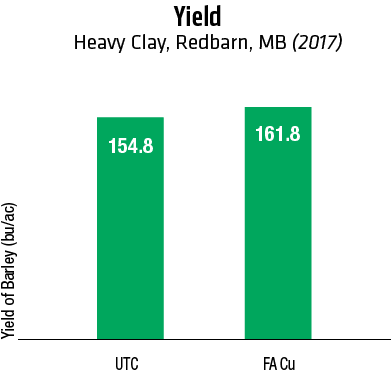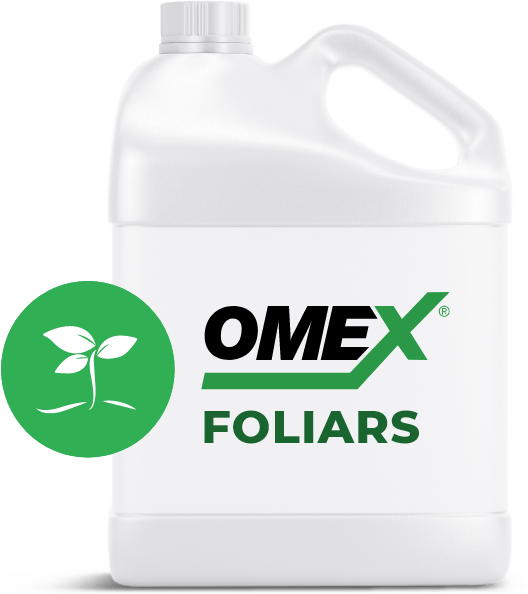
Foliar Advance Cu


One Step Closer to Preventing Ergot
ANALYSIS (9-15-0 WITH 5% CU)
What is It?
- Low salt index liquid fertilizer for in-crop foliar spray.
- Good source of readily available Copper for quick absorption and translocation into the plants; especially for cereals prone to develop Copper deficiency, lodge and become susceptible to ergot.
- The product is available in 10L jugs, 450L and 1000L IBC’s.
When & Why Use It?
- For use on crops prone to develop Copper deficiency (“pig tailing” in cereals, pale leaves in broadleaf crops).
- Recommended for crops grown on high peat soils, sandy and light textured soils, high organic matter soils, heavy manured land, high pH soils and any soils showing low Copper contents.
- Use to prevent or correct Copper deficiency.
- Cereal species vary in their sensitivity to Copper deficiency. Sensitivity increases as you move through the various cereal crops, from winter wheat, to spring wheat, barley, oats, triticale and rye.
- Use to improve grain quality (i.e., plumpness in barley with lower proteins).
- Use in areas where crops are prone to lodging to improve lignification.
- Use on crops that show pale color and a lesser chlorophyll production and efficiency.
What to Expect?
- Foliar Advance Cu improves chlorophyll production, photosynthesis and the overall crop health.
- Foliar Advance Cu improves lignification and contributes to the reduction of lodging.
- Foliar Advance Cu provides high level of pollen fertility, minimizing the chances of infection with ergot.
- Reducing the chances for ergot translates into an improved seed quality and grade, hence saving on seed cleaning costs.
Size Options

Tote

10L
Application Guidelines
- 1 L/ac with a minimum of 10 US gal/ac of water.
- To lessen Copper deficiency, use multiple applications of Foliar Advance Cu.
- At 5 to 8 weeks after seedling emergence (tillering stage).
- When the oldest heads reach the boot stage.
- A 3rd application 7-10 days after the 2nd application if dealing with a severe deficiency.
- Can be applied with pesticide (see compatibility charts).
- Avoid mixing with pesticides having higher rates of surfactant if the weather is hot and dry. This combination may cause bronzing on the leaves.
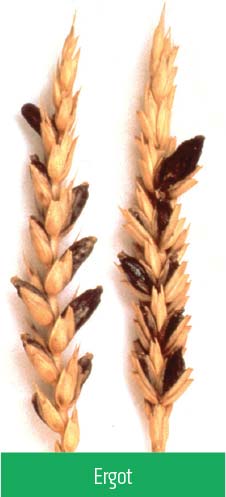
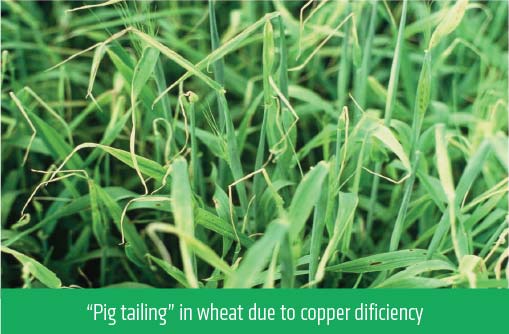
Findings
2018 Heavy clay – Manitoba
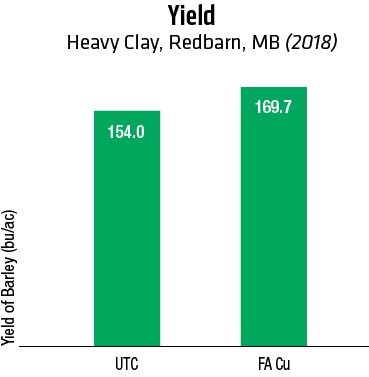
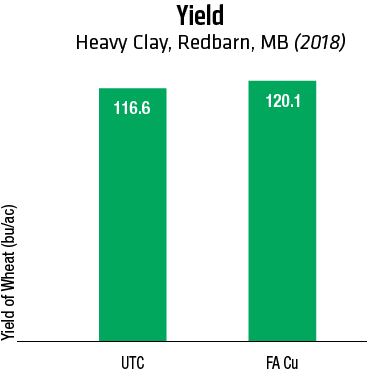
2017 Heavy clay – Manitoba
